Steve, my thought was to join the valve head and stem using silver solder. I looked last night and I do have some 1/8" Drill rod for the stems, and the head will also be drill rod. I am planning on soldering a cylindrical "blank" head to the stem, silver soldering on the underside, and then chucking the 1/8" stem in a collet to finish machining the head thickness, diameter, side angles. etc. I drew up a little soldering fixture which will allow the stem to push through the head about .250" and locate into a reamed hole. Then there will be a counterbore for the head "blank" also. This should allow the two pieces to be as close to perpendicular as possible for the soldering. The excess drill rod which will be sticking out the top of the valve will be machined away while machining the final valve head thickness. Since the soldering will be on the underside of the head, machining the top side should result in the seam between the stem and the head being virtually invisible. Since the valves in the prototype were not hardened (unlike the tappets), the valves won't have to be heat treated so there is no risk of the silver soldered joint coming loose. Given the discussion in another thread on valve head temps. the silver solder should be good to over 1000 degrees F, and with limited running, I doubt it will ever see such temps anyway. even on the exhaust side.




























![MeshMagic 3D Free 3D Modeling Software [Download]](https://m.media-amazon.com/images/I/B1U+p8ewjGS._SL500_.png)




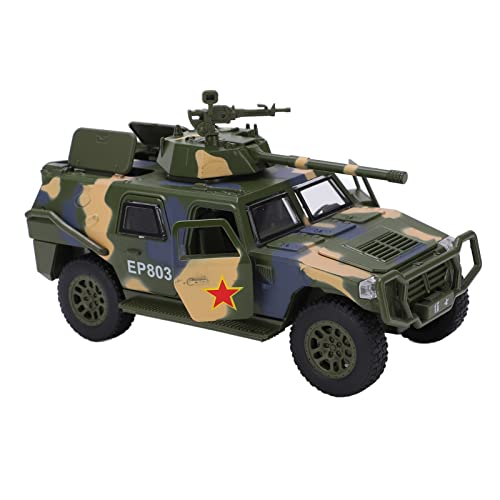










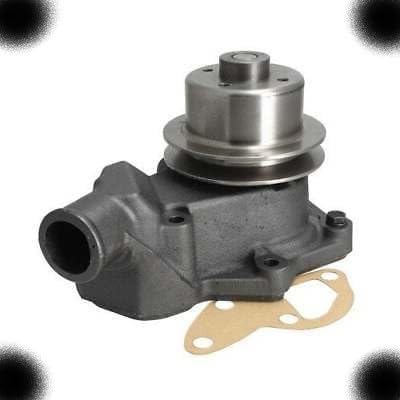


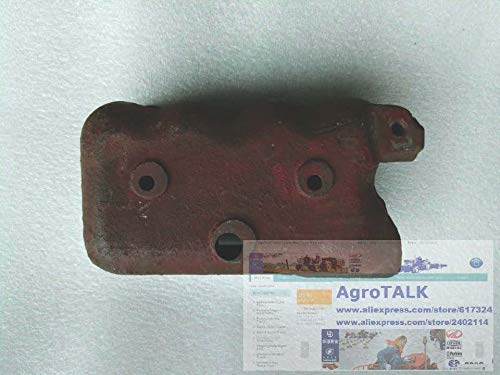


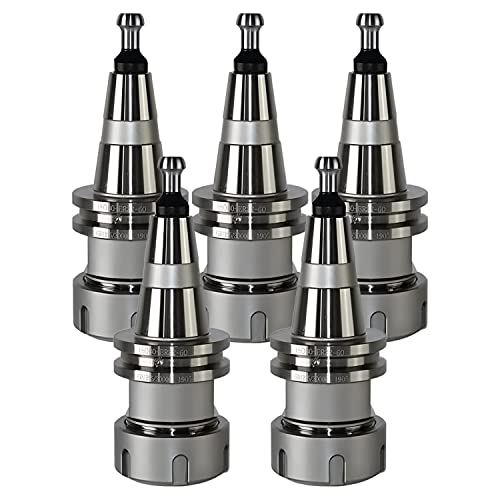





![DreamPlan Home Design and Landscaping Software Free for Windows [PC Download]](https://m.media-amazon.com/images/I/51kvZH2dVLL._SL500_.jpg)


















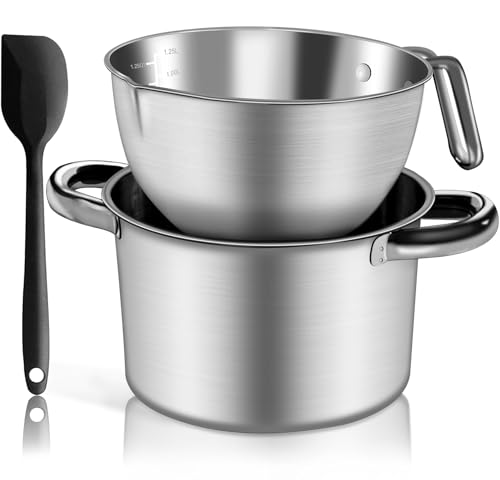



![TurboCAD 2020 Designer [PC Download]](https://m.media-amazon.com/images/I/51UKfAHH1LL._SL500_.jpg)












